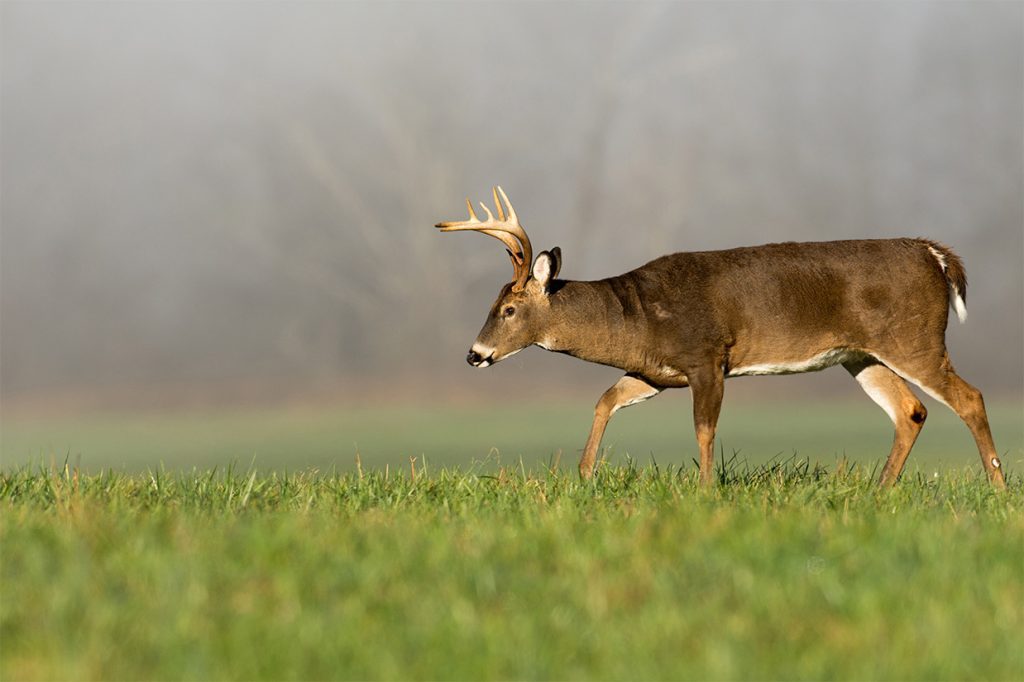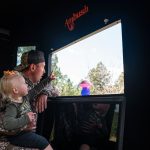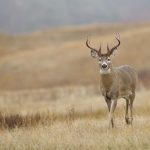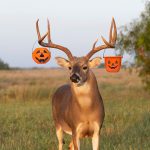How to Attract Deer in November
November is the peak of the deer breeding season, also known as the rut. This is when mature bucks are most active and easiest to hunt. There are several effective ways to attract deer during this time period. We will focus on four methods: baiting, calling, rattling, and scents.
Each of these methods has its own set of pros and cons, so it’s important to understand them before you head out during this critical time. In this post, we’ll discuss the different types of bait that can be used to attract deer, as well as the best times to call and rattle.
What is the Rut, and Why is it Important to Deer Hunters?
The whitetail deer rut is the time of year when whitetail deer mate. The whitetail rut is important to deer hunters because it is the only time of year when whitetail deer are actively seeking mates. The bottom line? It makes them easier to hunt! The whitetail rut typically occurs in November, although the exact timing varies depending on location.
The whitetail rut consists of three phases: pre-rut, peak rut, and post-rut. Pre-rut is the period in October leading up to the start of the rut, during which bucks begin to travel more and scent-mark their territory more frequently. Peak rut is the brief period in early November when most whitetail breeding occurs.
During peak rut, bucks will travel long distances in search of does and spar with other bucks for the chance to mate. Post-rut occurs around the latter half of November after peak rut, during which whitetail deer return to their normal patterns of behavior. A second round of rutting activity may occur during the first couple of weeks of December.
So why is the whitetail rut important to deer hunters? Because during this time of year, bucks are especially receptive to calling and rattling. They’re also more likely to slip up and are more active during daylight hours. The best time to hunt whitetail deer is during the pre-rut in late October or the early peak rut in November, when bucks are beginning to travel more and are less cautious. With a little knowledge of the whitetail rut, you can increase your chances of success.
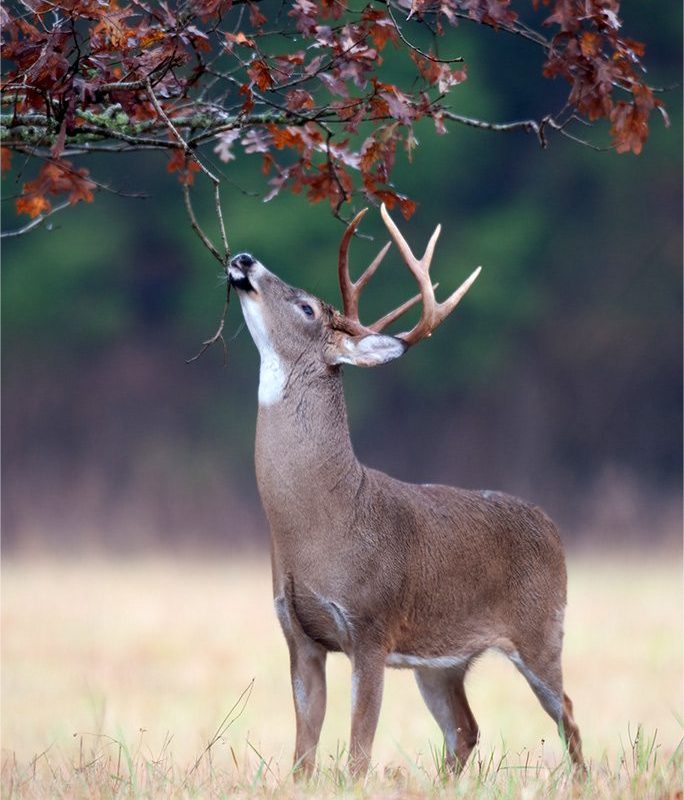
Methods for Attracting Deer in November
There are four major methods for attracting big bucks (and does if you’re hunting them). Most of the time, these methods are used together to some degree, depending on which phase of the rut you are hunting.
Baiting
This method involves putting out a food source that deer are attracted to, such as corn or apples. This is especially effective in November, as deer are looking for food sources to help them get through the winter months. You can also use a baiting station, which is a platform that raises the food source off the ground so deer can reach it more easily. Corn is by far the most popular among whitetail hunters because deer seem to love it–even over apples in some cases.
Food plots are another highly effective method of baiting if you have the means and commitment. But they can be a lot of work as you’ll essentially be a small-scale farmer.
Baiting deer may not be legal in all states. Check your state laws to confirm the legality of baiting during hunting season. With concern about the spread of disease and other potential wildlife issues, some states have begun putting restrictions on the amount you can use or banning it altogether. Some states even restrict what bait you can use.
Calling
This involves making sounds that imitate the calls of deer, such as the sound of a doe in heat or a fawn in distress. Deer calls can attract both bucks and does. If you want to attract a doe, usually a fawn bleat is all it takes to bring them in range. For bucks, try using grunts, doe bleats, or fawn bleats. You can use these calls alone or in combination with rattling. Use estrous scents to really complete the picture you’re trying to convey to your target deer.
Rattling
This involves making noise with real or imitation antlers, bones, or other objects to simulate the sound of two bucks fighting. Rattling can be effective in attracting young bucks, older bucks, and does as they are curious about the source of the noise. It also stimulates the fight response in bucks as they compete for hot does.
Scents
You can use deer lure scents to attract deer by using a cover scent, attractant, or estrous scent. A cover scent masks your human odor, so as not to alarm deer when they smell you. Attractants make deer curious and bring them in for a closer look. Estrous scents are used to imitate the scent of a doe in heat and can be used to attract bucks.
When using scents, always remember to take the wind into account. You want the deer to smell the scent, not you. The best way to do this is by putting the scent upwind of your hunting spot so the deer will smell it as they walk by. Ambush hunting blinds offer 4-layer wall construction, featuring incredible sound and scent-proofing.
There are many different products on the market that attract deer. You can find scents in the form of liquids, powders, gels, and wicks. Each type has its advantages and disadvantages, so try a few different kinds to see what works best for you.
When to Use These Techniques for Best Results
The best time to bait, call, and rattle for deer is during the pre-rut and rut phases in November. However, you can also use these methods during the post-rut and winter months. Each method has its pros and cons, so it’s important to know when to use each one for the best results.
Baiting is most effective during the pre-rut and rut phases when deer are looking for food sources to help them get through the winter months. You can also use bait during the post-rut and winter, but it’s not as effective because deer are not as active during these times.
Calling will give you the best results during the pre-rut, and rut phases when bucks are looking for does to breed with. You can also use calling during the post-rut and winter, but it’s not as effective because deer are not as active during these times, and bucks are not looking to breed.
Rattling. Who doesn’t love tickling those tines? Especially when a buck is super responsive and comes flying into it. There is no better time to rattle a buck in than during the rut phase when bucks are fighting for dominance and does are curious about the noise. You can also use rattling during the pre-rut and post-rut, but it’s not as effective because deer are not as active during these times.
Location
The best time to use each method will vary depending on the area you’re hunting in and the deer population. Experiment with different techniques and timings to see what works best in your area.
November is a hot time to put all these tactics into play. One important thing to remember when using any of these techniques is to be patient. It takes time for deer to get used to a new food source or scent, so give them a week or two before moving your bait or scent station. If you move it too often, deer will never get used to it, and you’ll never see results. Be patient, stay quiet, and wait for the deer to come to you.

